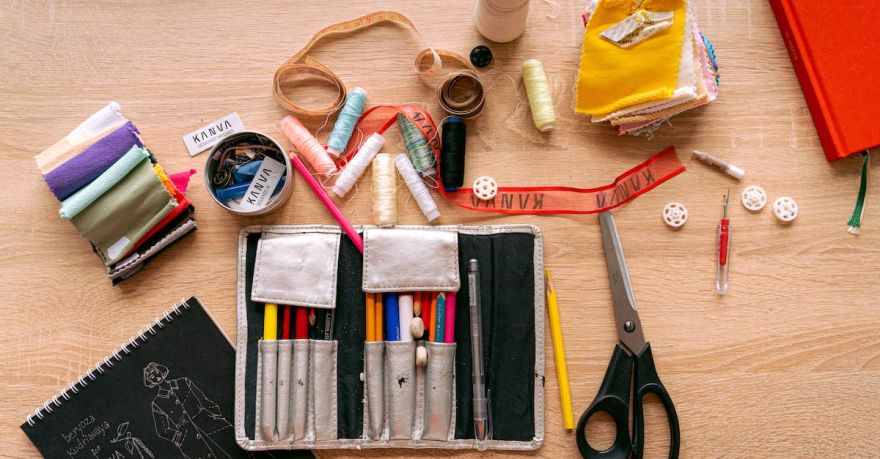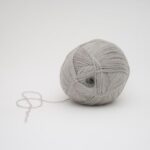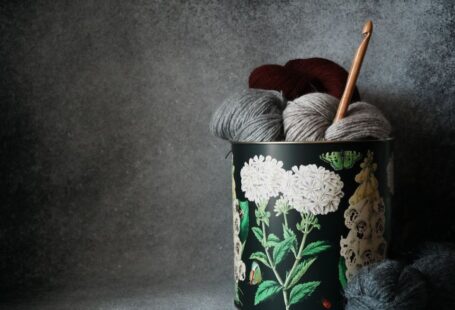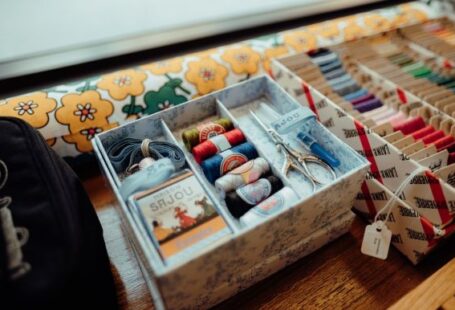Crocheting is a beautiful and versatile craft that allows you to create intricate patterns and designs using just a hook and yarn. One technique that has been gaining popularity in recent years is Tunisian crochet. Known for its unique combination of knitting and crocheting, Tunisian crochet produces a fabric that is dense, warm, and perfect for creating cozy blankets, scarves, and garments. In this article, we will explore the essential hooks and techniques needed to master the art of Tunisian crochet.
Choosing the Right Hook
The first step in learning Tunisian crochet is to choose the right hook. Unlike traditional crochet hooks, Tunisian crochet hooks are longer and have a stopper at the end to prevent stitches from slipping off. These hooks come in various sizes, ranging from small for fine projects to large for bulkier items. When choosing a hook, consider the thickness of the yarn you plan to use and select a hook size that corresponds with it.
Basic Tunisian Crochet Stitches
Once you have your hook, it’s time to learn the basic Tunisian crochet stitches. The most fundamental stitch is the Tunisian simple stitch (Tss). To make a Tss, insert your hook from right to left through the next stitch, yarn over, and pull up a loop. Continue this process until you have worked into all the stitches on your hook. To finish the row, yarn over and pull through one loop, then yarn over and pull through two loops at a time until you have one loop left on your hook.
Other commonly used Tunisian crochet stitches include the Tunisian knit stitch (Tks), which creates a fabric that resembles knitted stockinette stitch, and the Tunisian purl stitch (Tps), which creates a fabric with a textured, bumpy surface. Experimenting with these different stitches will allow you to create a variety of textures and patterns in your projects.
Creating Patterns and Designs
Once you have mastered the basic Tunisian crochet stitches, you can start exploring more complex patterns and designs. Tunisian crochet lends itself well to colorwork, allowing you to create beautiful geometric patterns and intricate motifs. To incorporate multiple colors into your work, simply change yarn colors at the beginning of a new row and carry the unused yarn along the back of your work.
You can also experiment with different stitch combinations to create unique textures and effects. For example, combining Tss and Tks stitches in the same row can result in a ribbed fabric, while alternating Tss and Tps stitches can create a raised, bumpy texture. The possibilities are endless, and with practice, you will develop a sense of which stitches and combinations work best for the look you want to achieve.
Finishing Touches
To complete your Tunisian crochet project, it’s important to give it a polished finish. Blocking is a crucial step that helps even out the stitches and relax the fabric. Simply wet your finished piece, shape it to the desired dimensions, and let it dry flat. This will give your project a professional and neat appearance.
In addition, don’t forget to weave in any loose ends and secure them with a knot to prevent unraveling. This step may seem tedious, but it’s essential for ensuring the durability and longevity of your work.
In conclusion, Tunisian crochet is a captivating technique that offers endless possibilities for creativity. By choosing the right hook, mastering the basic stitches, and experimenting with patterns and designs, you can create beautiful and unique pieces that showcase your skills and personal style. So grab your hook, choose some vibrant yarn, and let your imagination soar as you embark on your Tunisian crochet journey. Happy crocheting!





